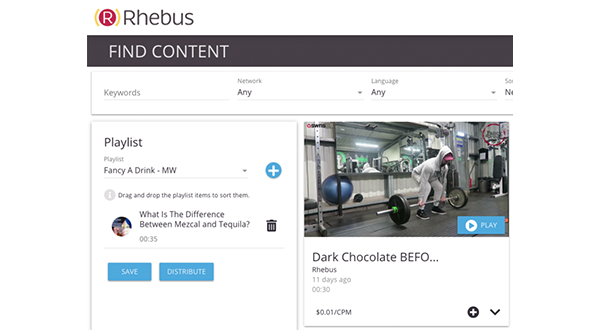
Media and Entertainment Industry Software
Software development has transformed the media and entertainment industry, with digital platforms and streaming services enabling greater access to content than ever before. The use of these technologies has allowed for more personalized recommendations and targeted advertising, improving the overall user experience.
At Patagonian, we go beyond just software development, providing complex customer service that includes business analysis, research, and consulting to help tackle the challenges the industry faces in the 21st century.
The role of Cloud Computing in Media and Entertainment Industry Software
The importance of User Experience Design in the industry
Media and Entertainment Industry Software related case studies
Take a look at some of what we do
Battery Pop
Effectively designing a safe video platform for kids and families.
Patagonian's UX/UI team designed an intuitive video platform for kids to safely create and publish their content and for brands to advertise effectively.

MORE INDUSTRIES
See how software solutions can make an impact in every industry


